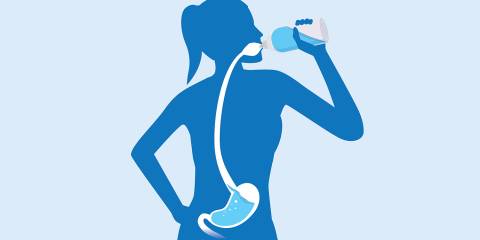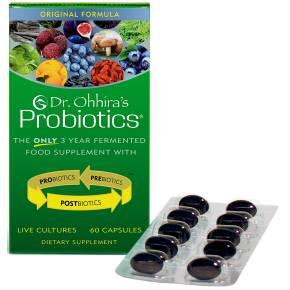Walk into any locker room and you’re bound to be hit with the eye-stinging aroma of a topical sports rub. You’ve probably tried such treatments yourself, experiencing the hot/cold sensation that’s usually brought on by menthol or capsaicin. The relief is short-lived, and you may be left feeling greasy and, shall we say, aromatic.
Homeopathic gels, creams, and ointments offer quick relief from the pain and inflammation of strains, sprains, bruises, and arthritis—without the negatives. A 2011 study found one such remedy to be “greater than the sum of the active components, suggesting a synergistic interaction between all components of the preparation.” Ingredients in that formula included Aconitum napellus, Arnica montana, Echinacea purpurea, Calendula officinalis, and Hypericum perforatum, among others. Topical homeopathic rubs are often made with a vegetable oil base, and they tend to be odor free and nonstaining.
Aconitum napellus
- Uses: inflammatory rheumatism
- Notes: may fight infections
Arnica montana
- Uses: dislocations, soft-tissue bruising
- Notes: don’t use on broken skin
Belladonna
- Uses: stiff, swollen joints
- Notes: may reduce throbbing
Bellis perennis
- Uses: dislocations, deep bruising
- Notes: useful for abdominal bruising
Bryonia
- Uses: inflamed joints, stiffness for pain aggravated by motion
Calendula officinalis
- Uses: slowly healing wounds
- Notes: decreases infection risk
Chamomilla
- Uses: hard-to-heal wounds
- Notes: eases leg cramps
Echinacea purpurea
- Uses: inflammation
- Notes: speeds wound healing
Hypericum perforatum
- Uses: very painful injuries
- Notes: works well with Calendula
Matricaria recutita
- Uses: inflammation
- Notes: inhibits swelling
Rhus tox
- Uses: deep joint and muscle pain
- Notes: particularly good for the back
Ruta
- Uses: bone bruises, sprains
- Notes: best for knee, elbow, shin



